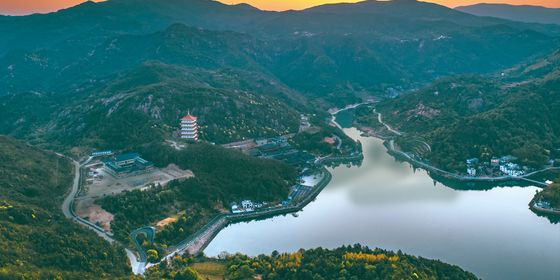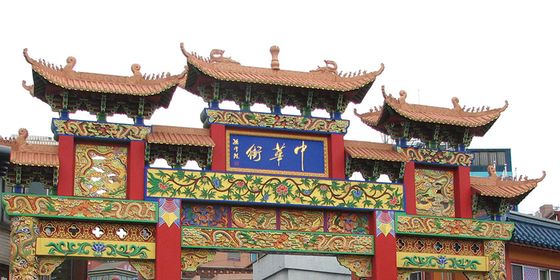Buddhism and Daoism have deep roots in China's southernmost province Hainan.
The glittering nightlife and upscale resorts of Haitang Bay and Yalong Bay may seem like temples to everything materialistic and profane, but Hainan’s religious past shines through plenty of natural and cultural destinations on the island. Centuries of Buddhist and Daoist influence have left traces in statues, shrines, and even rock formations that serve as settings for fantastical fables about immortals and deities, blurring the lines of religion and mythology.
BUDDHISM
Nanshan Cultural Tourism Area
A soaring statue of Guanyin (观音), taller than the Statue of Liberty in New York, rises 108 meters above the waves of the South China Sea. At dusk, the white-robed goddess of mercy is tinted purple against the setting sun, and her golden halo and lotus pedestal glint with gold. Standing at the base of its gleaming presence, visitors are filled with serenity and compassion as wide as the ocean that the statue faces.
Known as the “Guanyin on the Southern Sea,” the goddess, who is based on the (male) bodhisattva Avelokitesvara, is sculpted with three heads and bodies: one body facing back toward Sanya, and the other two gazing out toward the endless blue. Approached from the pier, the front side facing the visitor holds a sutra, symbolizing wisdom; the right side holds prayer beads, symbolizing compassion; and the left side holds a lotus flower, symbolizing peace. The crown jewel of the Nanshan Cultural Tourism Area (南山文化旅游区) near Sanya, the Guanyin became the eighth tallest statue in the world upon its completion in 2005, and is part of the biggest Buddhist-themed construction project since the founding of the People’s Republic of China.













